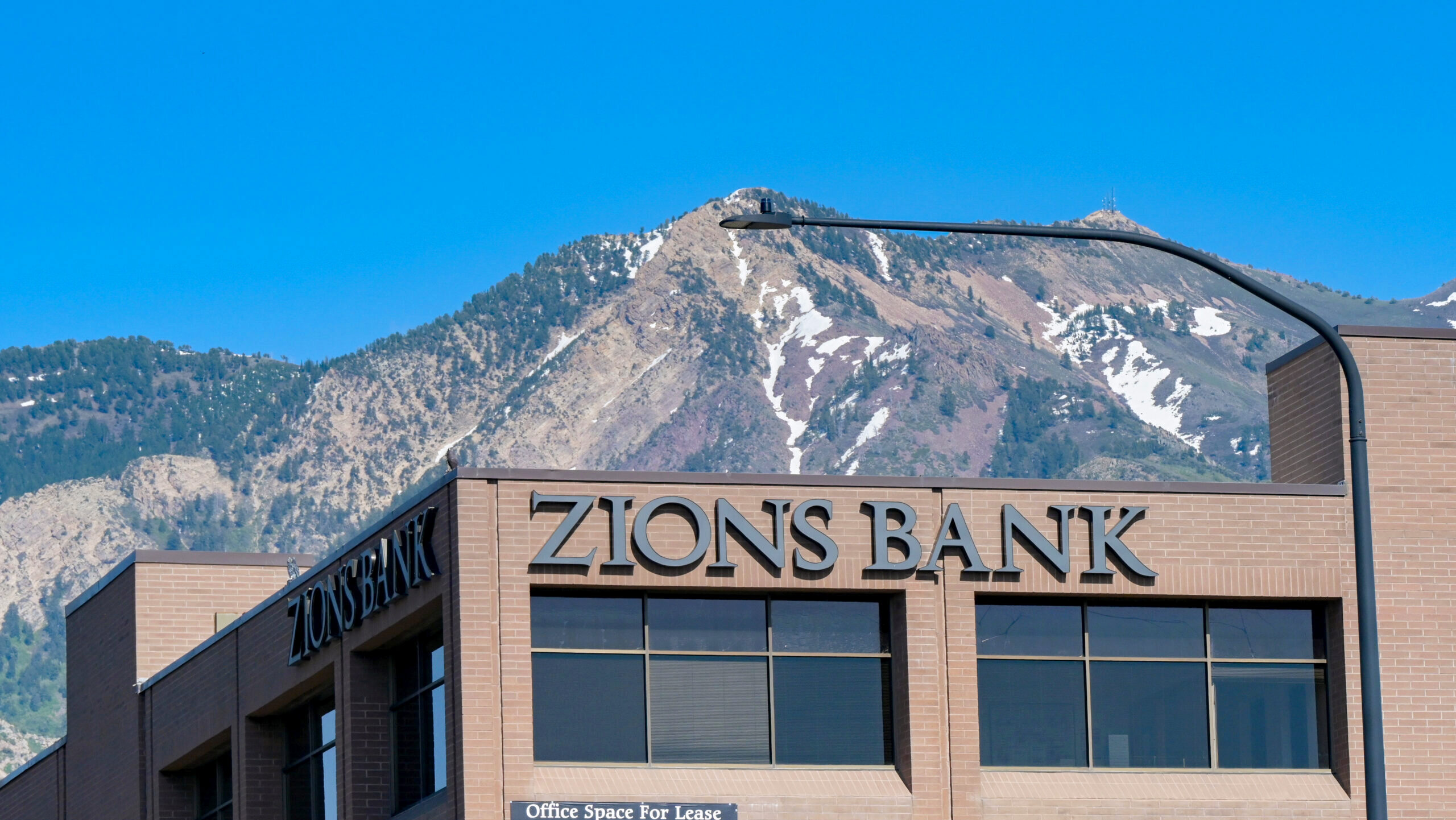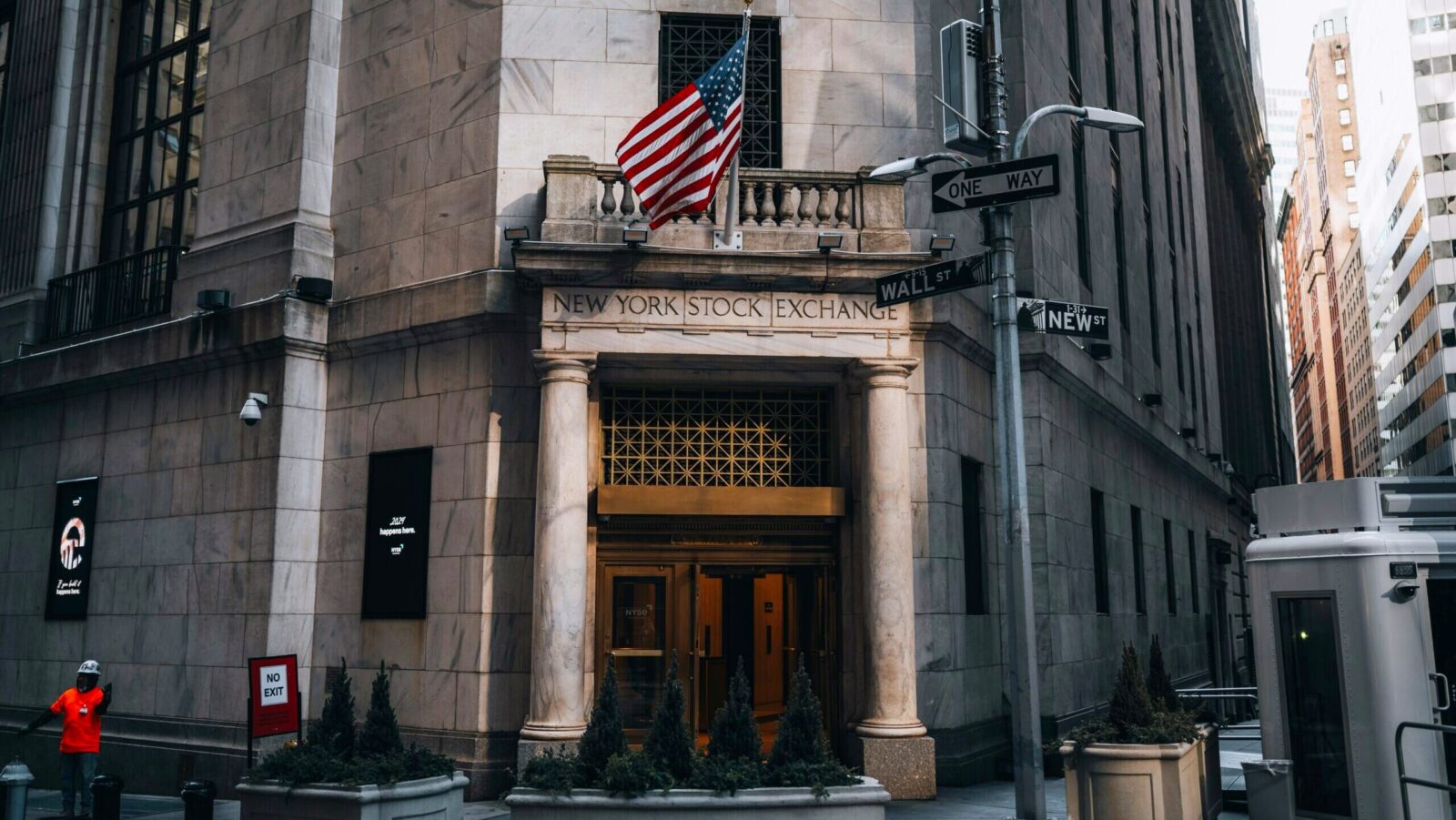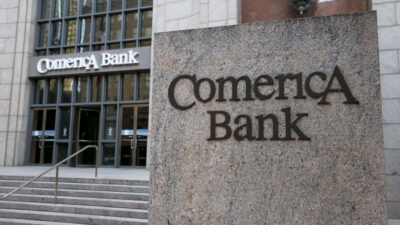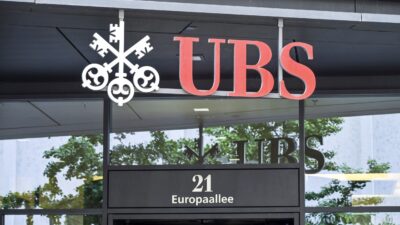Upbeat Regional Bank Earnings Calm Fears of ‘Cockroach’ Loan Infestation
Disclosures by two regional lenders last week set off a mini-panic about bad loans on the books of small and medium cap banks.

Sign up for smart news, insights, and analysis on the biggest financial stories of the day.
Last week, the top bankers at Citigroup, Bank of America, Goldman Sachs, JPMorgan Chase and Morgan Stanley earned their weight in Patek Philippe watches and Gucci loafers with a run of strong earnings reports.
Despite the upbeat financial news, however, all anyone could think about was Blattodea. That’s the scientific name for cockroach. The reason? JPMorgan CEO Jamie Dimon’s musings about potential “cockroaches,” like the collapsed auto dealer and financier Tricolor and auto parts company First Brands, lurking in the $3 trillion global private credit market. Next came disclosures by two regional lenders that set off a mini-panic about bad loans on the books of small- and medium-cap banks. One of those two banks reported yesterday and, thankfully, a can of Raid wasn’t necessary to thwart a contagion.
Better Than Expected
It was regional lender Zions Bancorp that rattled markets on Thursday when it disclosed a $50 million charge related to two bad loans and sued the managers of the group of funds, known as Cantor Group, responsible for them. Another regional lender, Western Alliance, disclosed exposure to Cantor and said it sued the group in August (financial services giant Cantor Fitzgerald would like you to know it has nothing to do with this).
The disclosures came weeks after Tricolor and First Brands collapsed in August, with a credit fund of investment bank Jefferies holding a roughly $715 million exposure to the latter. Investors, still rattled by the regional bank failures of the 2023 banking crisis, looked at all of this and let out a Scooby Doo-style “ruh roh.” Immediately, there were concerns about additional problematic loans. Fears were particularly tied to banks’ increasing exposure to private credit, a sector of non-bank financial entities that’s far less regulated and requires limited risk disclosure. (An IMF report earlier this month estimated US and European banks have some $4.5 trillion of exposure to non-bank financial entities, roughly 9% of their combined loan books.) Bank stocks tumbled, with the gravitational pull dragging on even large-cap lenders. The mood was better on Monday when, rather than give cause for a Shaggy-style “zoinks,” Zions’ earnings projected calm:
- The Salt Lake City-based lender reported a third-quarter profit of $221 million after trading hours on Monday, up 8.3% from $204 million a year earlier and topping Wall Street’s expectations. Improving income from interest more than offset the bad loans.
- Another regional lender that reported Monday, Illinois-based HBT Financial, also beat expectations with a net income of $20.5 million. The KBW Regional Banking Index rose 2.3%, suggesting market concerns have eased for now, while Zions Bancorp shares climbed 4.6%.
Feeling Exposed: “While the overall credit market remains stable, the divergence between investment-grade and leveraged credit is becoming increasingly pronounced,” Lawrence Gillum, the chief fixed income strategist at LPL Financial, said in a note Monday. He flagged data from Cornerstone Research showing 17 “mega” bankruptcies, those involving firms with more than $1 billion in assets, in the first half of 2025. That’s the most for any six-month period since the COVID pandemic. “Years of high interest rates, which are good for investors but not so great for borrowers, are clearly weighing on some companies,” he added.











